DNVN - Land fund arrangement, site clearance, land use fee exemption and reduction, support for investment costs in technical infrastructure systems, selling prices and regulations on eligible tenants and buyers are considered 6 outstanding issues that need to be resolved to achieve the target of 1 million social housing units by 2030.
In recent years, the Government and ministries and sectors have had many policies to promote the implementation and completion of social housing (NOXH) and worker housing (NOCN) projects for low-income people and workers in industrial parks and clusters (IPs). However, the results have not been as expected.
On May 24, the Central Executive Committee issued Directive No. 34 on strengthening the Party's leadership in the development of social housing. The Directive assigned the task of having at least 1 million social housing units for low-income people and industrial park workers by 2030.
According to Mr. Vu Chi Kien - Deputy General Director of QUALIPRO Construction Joint Stock Company, a member of the Vietnam Industrial Park Finance Association (VIPFA), Directive 34 once again affirmed the determination of our Party in implementing social security for low-income people, workers and other subjects eligible for social housing policies.
To achieve this goal, according to Mr. Kien, it is necessary to remove 6 main groups of obstacles.
Firstly, allocating land for social housing and industrial housing. The regulation to allocate at least 20% of residential land in commercial housing projects for social housing construction is a good policy. However, rigid application will inadvertently push up social housing prices, especially when commercial housing projects are located in beautiful, central, and valuable land locations, as well as future living expenses in central locations will be expensive, unsuitable for low-income people.
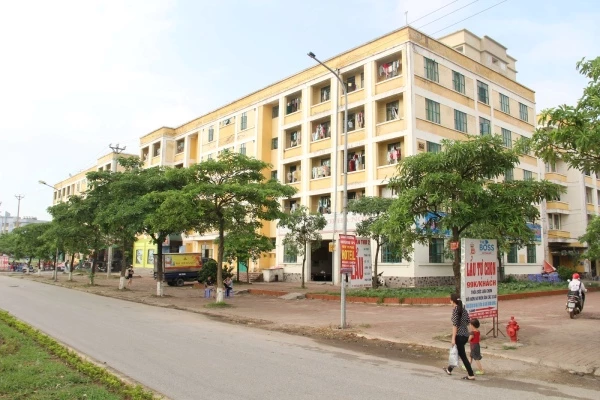
Directive 34 of the Party Central Committee assigned the task of having at least 1 million houses for low-income people and industrial park workers by 2030.
"The regulation of reserving 20% of the residential land fund of a commercial housing project for social housing projects will depend on the location of each project, or combining those land funds into a social housing project arranged centrally in a suitable location will be more suitable for reality," said Mr. Kien.
Second, site clearance (GPMB). Many projects are delayed due to the failure of GPMB when the social housing project is located within or next to the NOTM project. At that time, people with land will have a comparison of GPMB support policies between the two projects.
When the new Land Law is applied, with the NOTM project, the investor will negotiate the compensation price for land acquisition with the people. Meanwhile, the NOXH project will apply the price according to the State's regulations. Thus, the difference in compensation price for land acquisition (although the 2 projects are right next to each other) between the 2 types of projects (NOTM and NOXH) will be even greater. At that time, the compensation work for NOXH projects will be more difficult to implement.
On the other hand, according to regulations, for social housing and industrial housing projects, the government will conduct site clearance and hand over clean land to investors for construction. However, in reality, for most projects, investors must conduct site clearance, causing many difficulties and incurring many costs.
Third, exemption from land use fees. According to regulations, social housing and industrial housing projects are exempted from land use fees to reduce selling prices and rental prices. However, the implementation of the current land use fee exemption policy must also go through the step of calculating how much the land use fee is before exempting the land use fee for investors.
This will create a significant amount of additional time for the authorities to carry out measures to calculate exempted land use fees, and at the same time prolong the project implementation time.
Fourth, support for investment costs of technical infrastructure systems. According to regulations, for social housing projects, the State will support part or all of the investment costs of technical infrastructure systems within the scope of social housing projects. However, most projects have not yet enjoyed this policy. If this policy is applied, the selling/renting price of social housing will also be reduced.
Fifth, regarding regulations on social housing prices , it is necessary to eliminate the idea that building housing for low-income people is associated with low construction quality and low accompanying social amenities.
Even though it is a low-income housing project, the requirements for construction quality, safety, and utilities must still be ensured according to regulations and not much lower than average NOTM projects. Reducing selling prices and rental prices must be done through support policies from the State, not by cutting utilities and construction quality.
Sixth, regarding the regulations on subjects who are allowed to rent or buy NOCN. In reality, investors all want to sell many NOCN apartments to quickly recover capital and make a profit, instead of renting them out because renting them out will be like spending a whole amount to collect small change, taking a long time to recover capital and incurring interest for a long time, which will be risky for investors.
However, for NOCN projects, workers often have a mentality of not buying, few people want to buy apartments, most workers only rent to live due to lack of finances.
This is also the reason why some NOCN projects are completed but investors sell relatively few apartments, the number of apartments sold is small, investors have to balance increasing rental prices to make the project effective. This makes rental prices higher than renting houses for the people, workers are also not interested in renting NOCN.
To partially resolve this contradiction, Mr. Kien proposed applying a mechanism that allows owners of manufacturing enterprises in industrial parks and industrial clusters to build or rent out entire floors or entire NOCN buildings for their workers to live in for free or at preferential prices. At that time, investors in social housing projects will quickly recover their capital, enterprises will retain their workers, and workers will be able to live in apartments at reasonable prices. This will promote NOCN investment as well as workers living in these projects, ensuring social security issues.
Minh Thu
Source: https://doanhnghiepvn.vn/kinh-te/bat-dong-san/hang-loat-nut-that-can-go-de-dat-muc-tieu-1-trieu-nha-o-xa-hoi-vao-nam-2030/20240529023908285



![[Photo] General Secretary To Lam receives Japanese Ambassador to Vietnam Ito Naoki](https://vstatic.vietnam.vn/vietnam/resource/IMAGE/2025/4/3/3a5d233bc09d4928ac9bfed97674be98)
![[Photo] Prime Minister Pham Minh Chinh chairs the first meeting of the Steering Committee on Regional and International Financial Centers](https://vstatic.vietnam.vn/vietnam/resource/IMAGE/2025/4/3/47dc687989d4479d95a1dce4466edd32)
![[Photo] Moment of love: Myanmar people are moved to thank Vietnamese soldiers](https://vstatic.vietnam.vn/vietnam/resource/IMAGE/2025/4/3/9b2e07196eb14aa5aacb1bc9e067ae6f)
![[Photo] A brief moment of rest for the rescue force of the Vietnam People's Army](https://vstatic.vietnam.vn/vietnam/resource/IMAGE/2025/4/3/a2c91fa05dc04293a4b64cfd27ed4dbe)
![[Photo] Prime Minister Pham Minh Chinh chairs meeting after US announces reciprocal tariffs](https://vstatic.vietnam.vn/vietnam/resource/IMAGE/2025/4/3/ee90a2786c0a45d7868de039cef4a712)




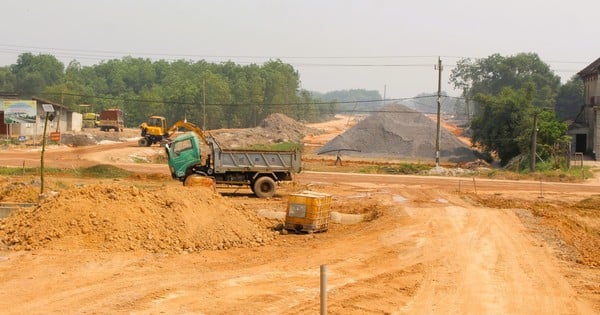

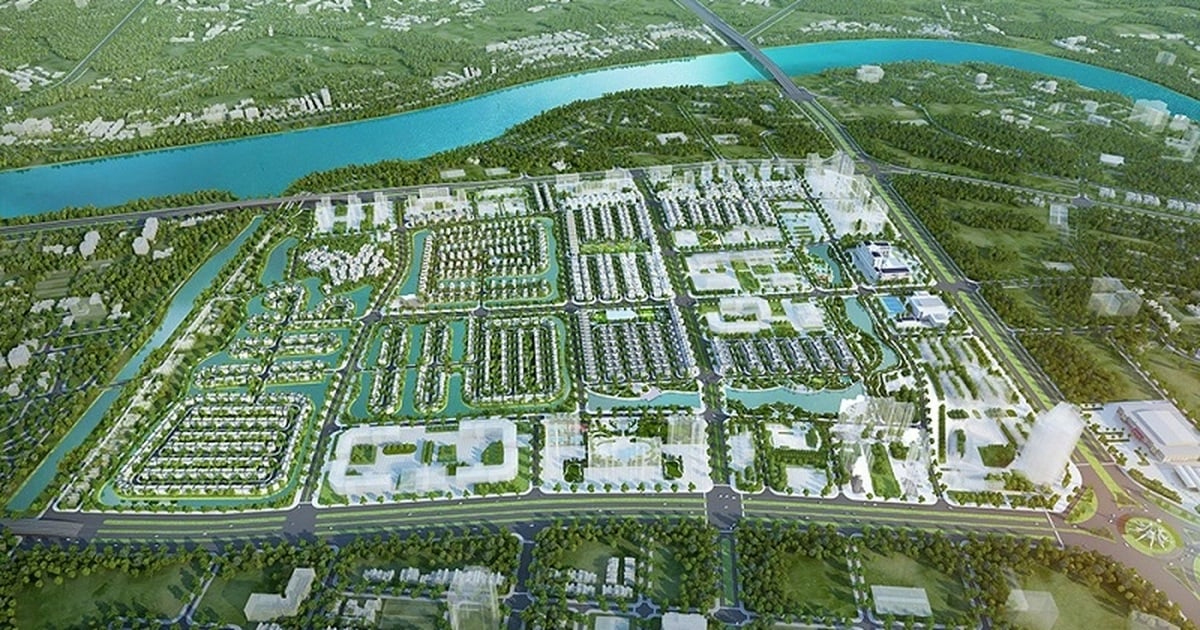

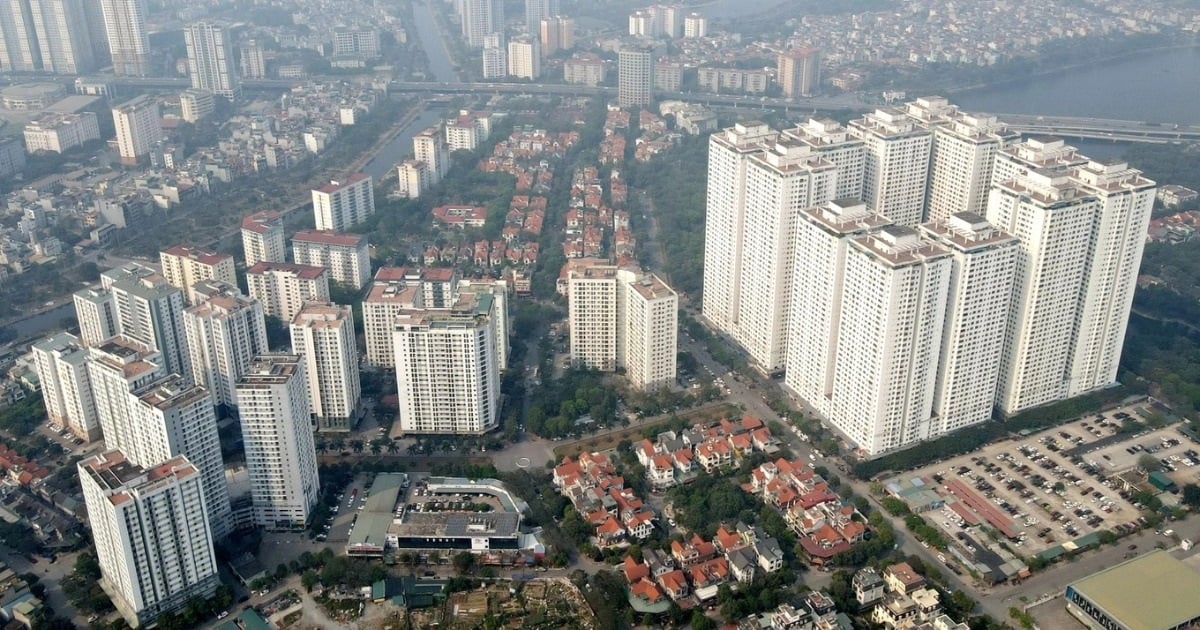
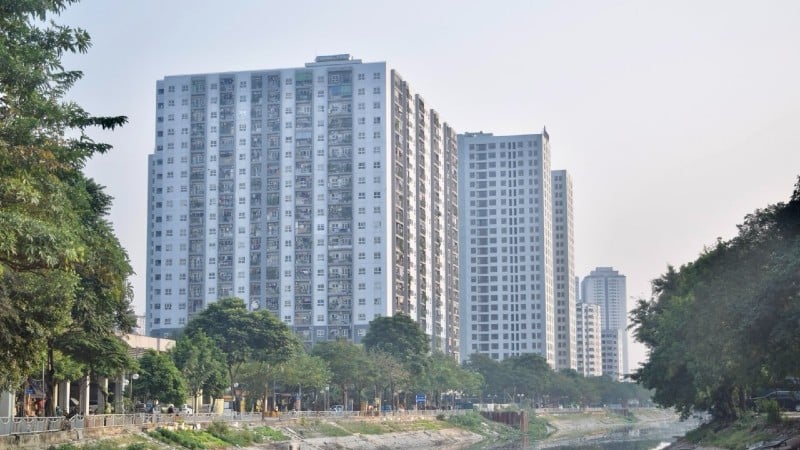

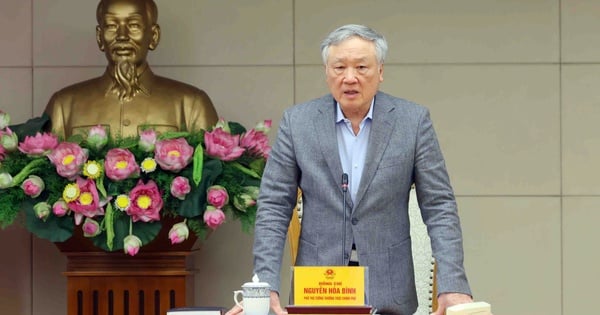


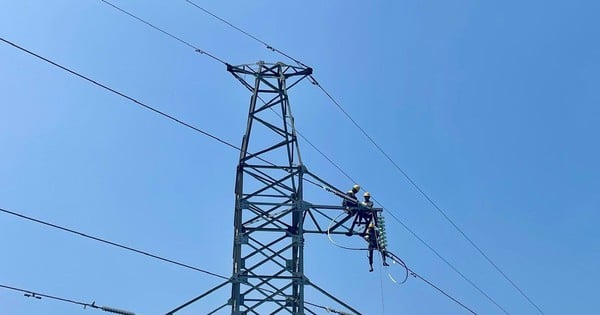








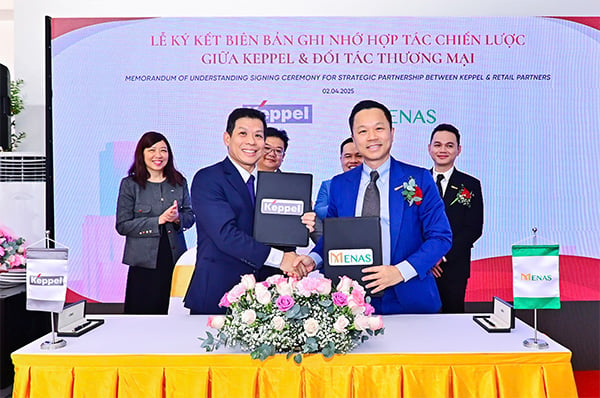





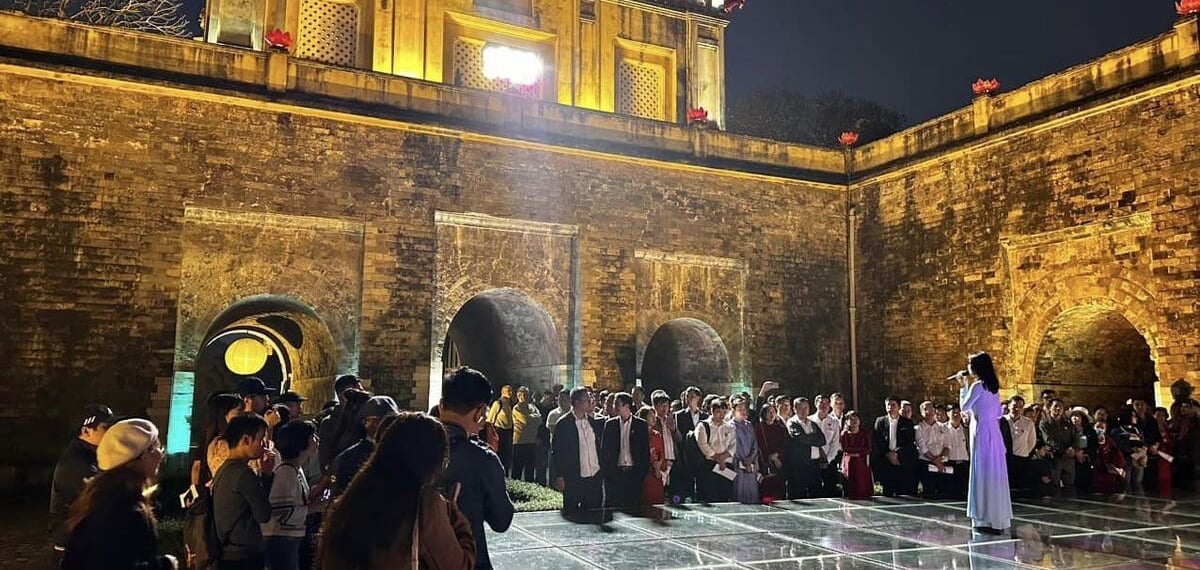

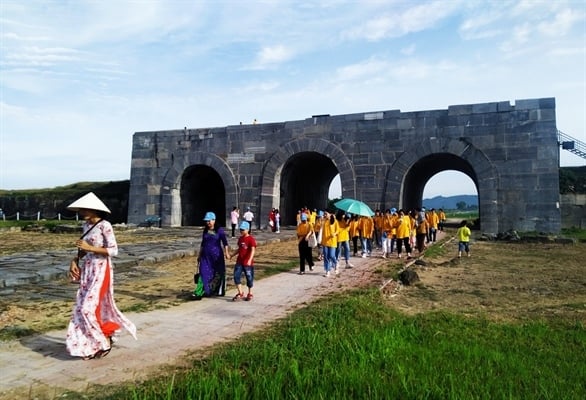










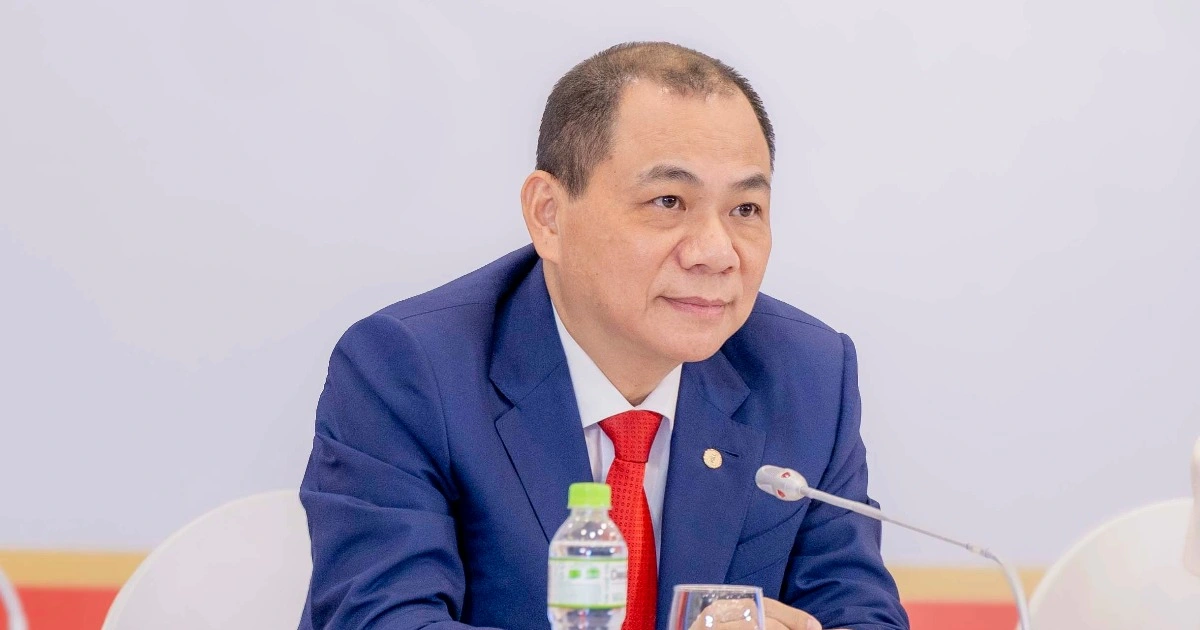






























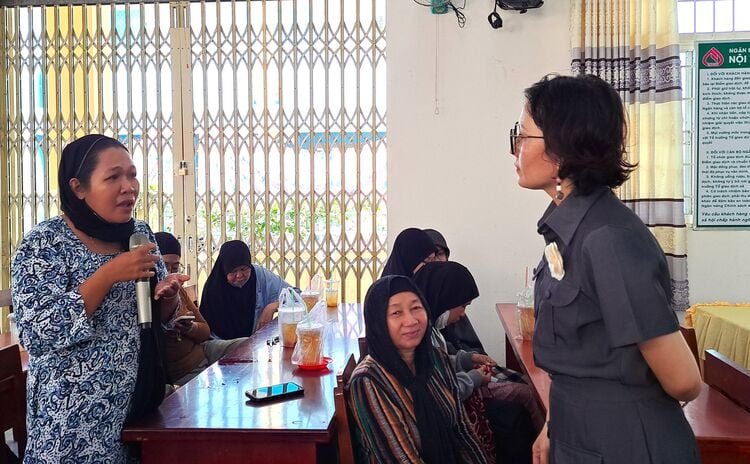

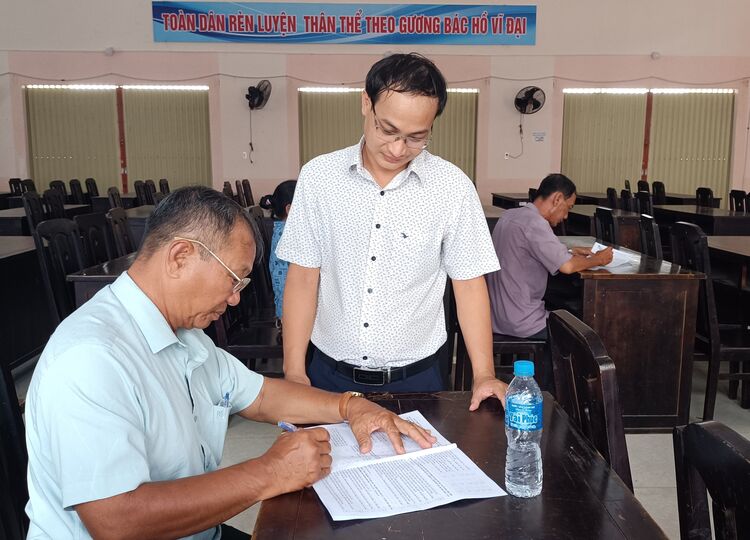













Comment (0)